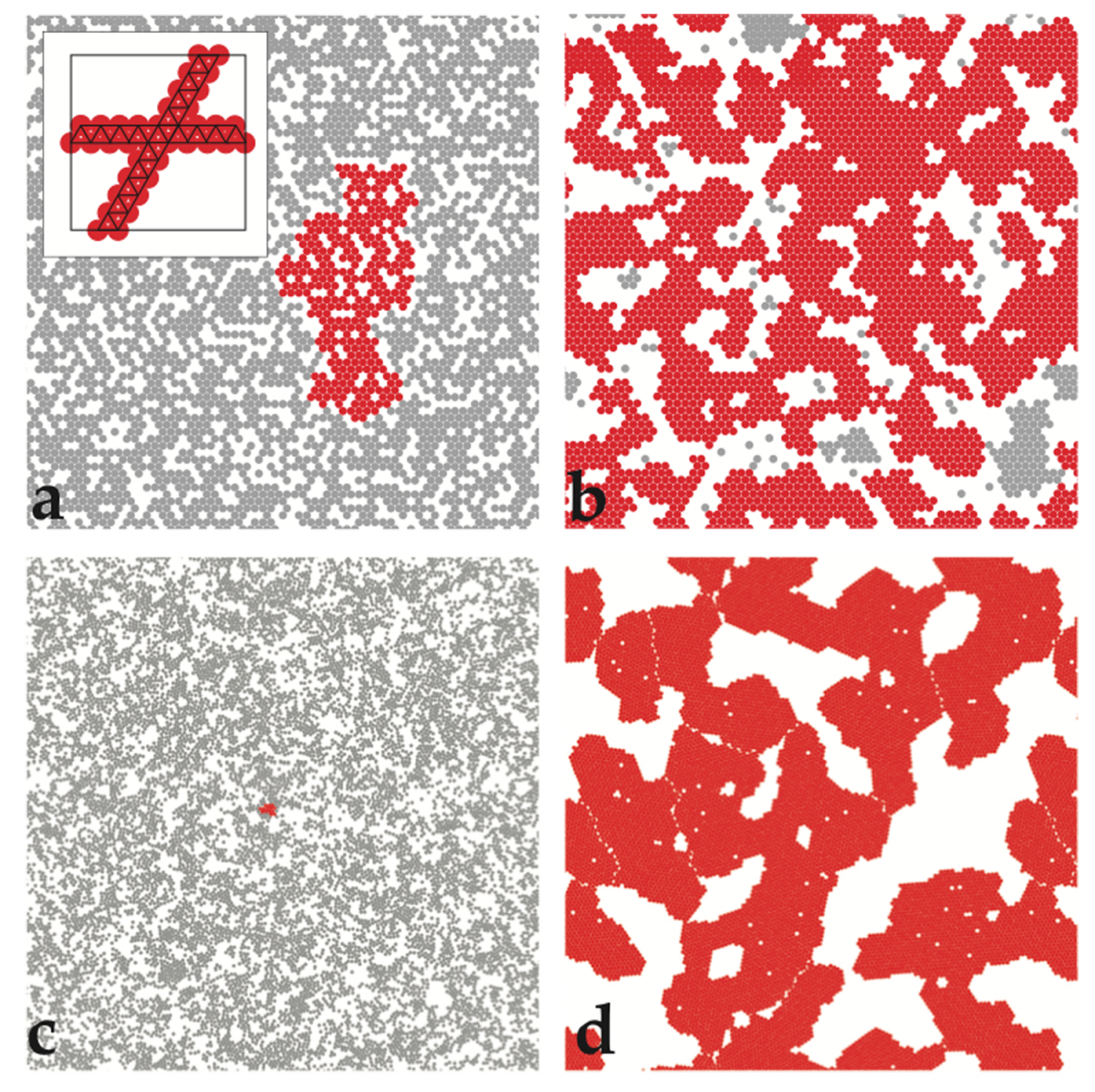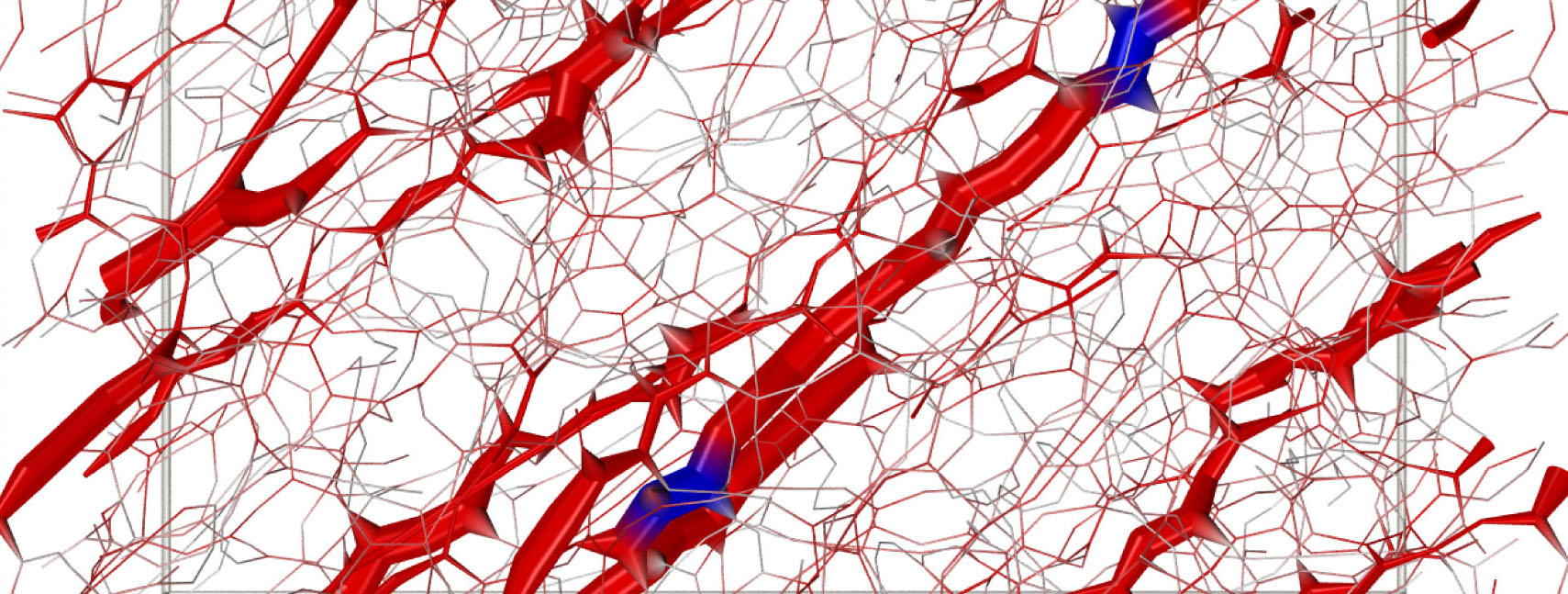Rigidity in colloidal gels

The Journal Club for Condensed Matter Physics recommended our paper on correlated rigidity percolation in colloidal gels in collaboration with University of Michigan and GeorgiaTech, with a commentary by Bulbul Chakraborty.
The paper was published over the summer in Physical Review Letters and you can read the commentary here.
The main theoretical framework for the emergence of rigidity in amorphous solids is based on the idea that locally rigid structures, due to mechanical constraints such as chemical bonds or steric repulsion, percolate through the material. The problem can be translated into the onset of rigidity in a disordered network of springs, an abstraction of the actual solid. Because rigidity requires a mechanically stable spanning cluster able to transmit stresses, rigidity percolation typically occurs at volume fractions that are higher than those needed for just geometric percolation related to connectivity.
We have proposed and demonstrated that in colloidal gels, spatial correlations originating from short-range attractive interactions naturally prepare particles into smart thin structures that transmit stress, therefore giving instead rise to rigidity at much lower volume fractions. We studied a diluted triangular lattice model where particles populate sites with positional correlation, and a colloidal gel model with short range attraction using MD simulation. Our scaling analysis in the correlated lattice model shows that the rigidity transition belongs to the same universality class as the classical rigidity percolation, but the transition threshold moves to lower volume fractions as correlation increases. The attractive gel model further demonstrates that such structural correlations and heterogeneities can naturally arise as a result of short range attractive interactions in a thermal system.
Read the paper on Physical Review Letters:
